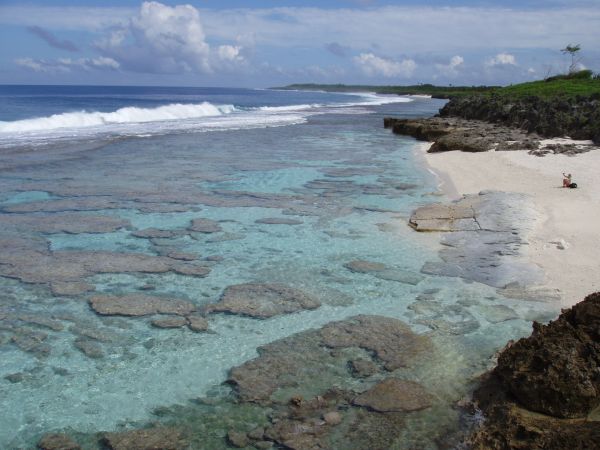Marshall specializes in this dark tour, which leads visitors deep into a cave cluttered with skeletal remains. There are no ropes to partition off the skulls, and people have to simply watch their heads, hands and feet to ensure they don’t bump into stalactites or step on scattered bones.
Atiu has a population of 450 people (with one queen and two kings), a number that has dwindled from 1,200 in 18 years. As kids graduate from college, they often leave the island because there just aren’t any jobs available at home. There are no stoplights in the entire country and only one small market store on Atiu. The island hasn’t had its own dentist for five years, and islanders must fly to Rarotonga, the most populated of the Cook Islands, for any serious dental work that a hygienist can’t handle on her own.
